Organic farming is a method that aims to cultivate the land and grow crops using organic waste (crop, animal and farm waste, water waste) and other biological materials to keep the land alive and in good health. Organic farming in Sikkim accounts for 16% of the state GDP and supports 65% (approximately) of the population.
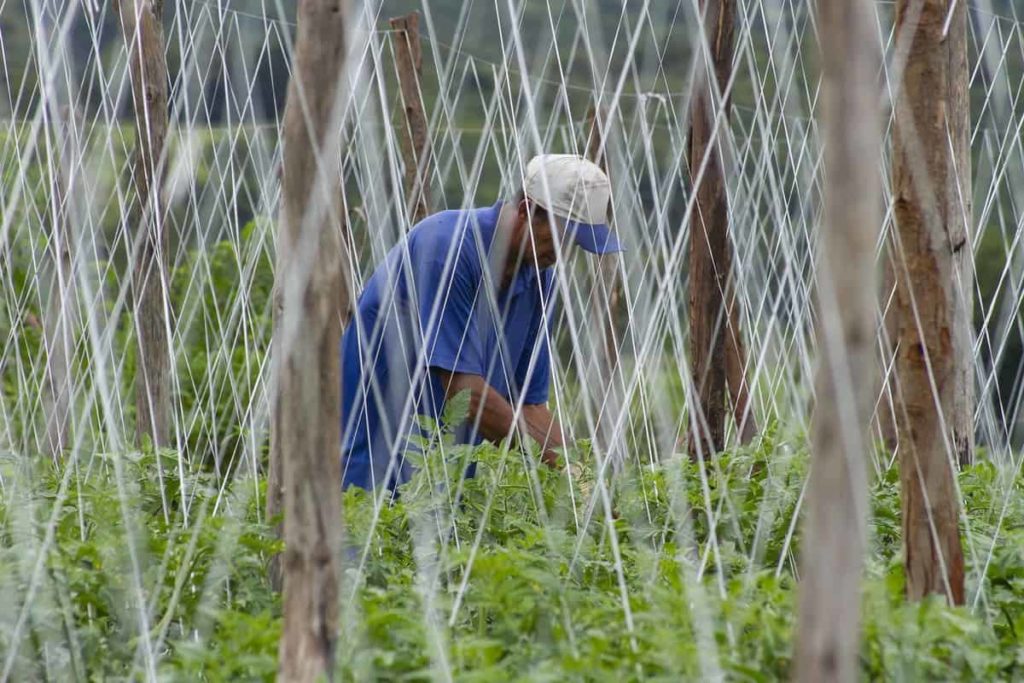
For many reasons, organic agriculture is important to our health and the future of our world. It is needed to feed the world sustainably. It contains very little toxic pesticide residue and is grown using non-GMO. It does not require poisoning farm workers or soil microorganisms that produce healthy, drought-tolerant crops.
Organic farming in Sikkim
Facts about organic farming in Sikkim
- The government focused on developing village panchayats as clusters for organic farming. In Sikkim, organic farming was carried out on 8 lakh 35 thousand hectares of land, benefiting about 4 lakh farmers. A target of 50 thousand hectares of land was set, and about 2.5 thousand farmer interest groups were formed, through which about 45 thousand farmers were linked to the organic scheme.
- Sikkim’s economy depends on agriculture, which is the livelihood and economic security of the large local population. However, growth has been limited by biotic and abiotic factors. It is estimated that more than 80 percent of the rural population depends on agriculture and allied sectors for economic, food, and nutritional security. The agricultural systems practiced in Sikkim are integrated into nature which has evolved from years of experience of the farmers.
- There are many definitions for organic farming, but all agree that it is a system that relies on ecosystem management rather than external agricultural inputs. It begins to consider potential environmental and social impacts by eliminating the use of artificial inputs, such as synthetic fertilizers and pesticides, veterinary drugs, genetically modified seeds, breeds, preservatives, additives, and irradiation. These are replaced by site-specific management practices that maintain and increase long-term soil fertility and prevent pests and diseases.
- Organic farming is an ancient evergreen method by which the environment is kept clean, and the natural nature of the earth is also preserved. Due to its use, the soil remains fertile, and the chances of drought-like conditions are very low. About 75000 hectares of land were converted to organic to make Sikkim an organic state. Emphasis was placed on using organic, i.e., chemical pesticides instead of chemicals.
Sikkim ‘Organic Brand’
The policy also sought to create a ‘Sikkim Organic Brand’ to target national and international markets. Due to its unique climate and farming culture, Sikkim’s marketing strategy focuses on specialty crops such as Cardamom, Ginger, Oranges, Tea, Kiwi Fruit, Passion Fruit, and mountain vegetables. The adoption of modern technology has seen a marginal improvement in the lifestyle of farmers. The state of Sikkim has some inherent strength that favors organic farming to a large extent.
In case you missed it: How Digital Agriculture/Farming Helps Rural Farmers – A Guide for Smart Farming
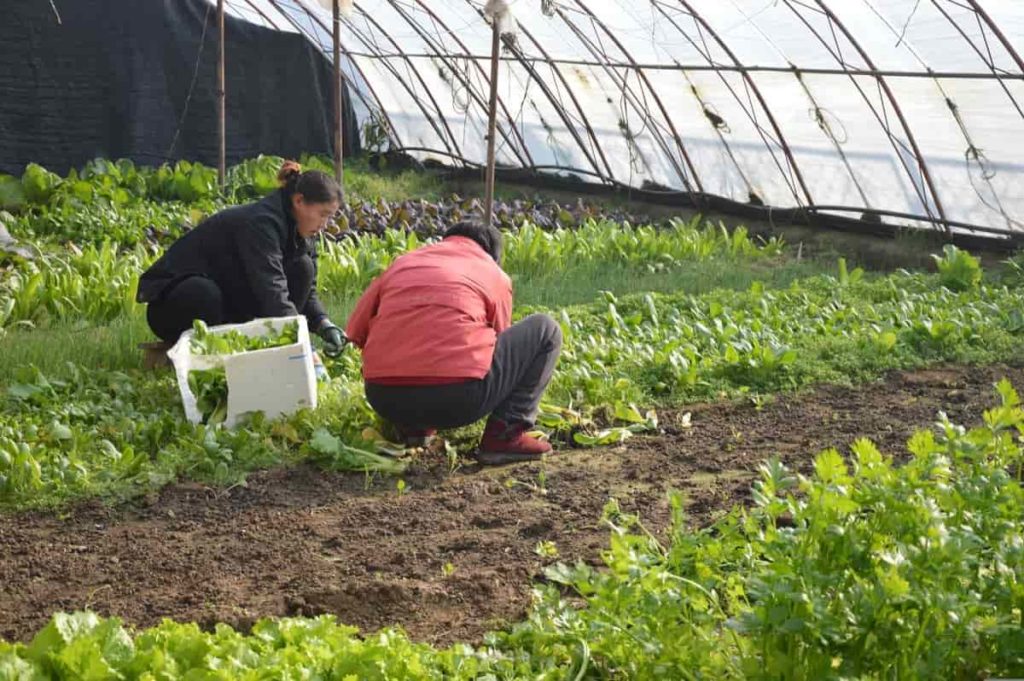
Policies and programs on organic farming envisage making Sikkim a model organic state in line with our natural endowment. Organic farming has been a traditional method of farming in Sikkim that farmers have adopted for ages. Due to the non-availability of assured irrigation, farmers practice a rain-fed farming system with an integrated approach and an integrated farming system in perfect harmony with agriculture, horticulture, and animal husbandry in the state.
Sikkim is rich in bio-diversity with many plant species, which enrich the soil with organic matter and facilitate the transformation. The fragile ecosystem in the hills of Sikkim calls for sustainable farming practices without depleting natural resources. So it is beneficial for Sikkim to switch to an organic farming system keeping in mind the preservation of land from degradation, protection of environment and ecology, and healthy life of people from generation to generation.
The state produces a variety of crops due to its varied agro-climatic conditions ranging from sub-tropical to alpine. Sikkim is divided into five agro-climatic zones – tropical, subtropical, temperate, subalpine, and alpine. Important agricultural land falls in tropical, subtropical, and temperate zones. However, Sikkim’s approach goes beyond just focusing on organic production – it also focuses on consumption and market expansion, health, education, rural development, and sustainable tourism.
Which state ranks first in organic farming?
Sikkim led to India’s first fully organic state. Over 66,000 farming families have benefited from the transfer. Sikkim’s state approach reaches beyond organic production and has been transformative for the state. More than 66,000 farming families managing more than 76,000 hectares of land have benefited from the transfer. These farming communities have acquired a good understanding of organic farming practices.
To improve soil health management, the state government has supported farmers by conducting a total of 40,000 soil tests every year. Additionally, three livelihood schools for organic farming have educated 836 unemployed people, of whom 695 are now employed as field supervisors.
Reasons for organic farming adoption in Sikkim
- It is a holistic production system that promotes and enhances the health of agricultural ecosystems, including biodiversity, biological cycles, and soil biological activity.
- It emphasizes using management practices that prioritize using off-farm inputs, keeping in mind that regional conditions require locally adapted systems. It is done by using synthetic materials, where possible, using agronomic, biological, and mechanical methods to fulfill a specific function within the system.
In case you missed it: 17 Key Rules for Effective Organic Farm Management: From Planning to Reduce Production Cost
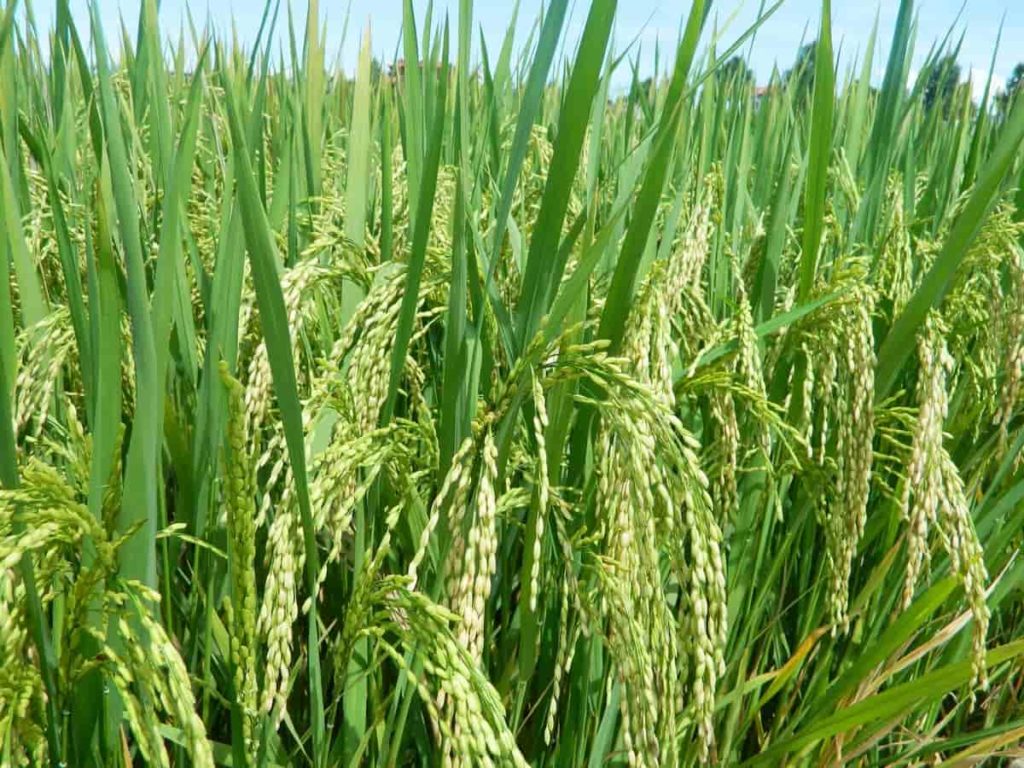
- Farming under rain-fed conditions with low productivity.
- Farmers in Sikkim are traditionally organic.
- Soil is rich in organic matter.
- About 15,000 hectares under cardamom that has never been fertilized.
- Promotion of tourism through organic village concept.
- Only 10.20% of the state’s total geographical area is under agriculture, and 89.80% of the area is untouched and hence free from chemical effects.
Importance of organic farming in Sikkim
Organic farming was considered the closest agricultural system to the traditional Sikkimese method of farming, which is traditionally rain-fed with less adoption of external inputs. On the other hand, mainstreaming organic and agro-farming across the state was seen as a strategy to preserve the ecosystem and citizen health and provide major socio-economic benefits. The government believed the decision would help young people stay on the land and attract local and foreign sustainable tourism while opening up opportunities to reach premium organic markets.
Among the objectives of the Sikkim state policy on organic farming is the preservation of traditional knowledge related to agriculture. Sikkim is the first state in India to officially adopt organic farming to improve soil fertility, environment protection, and healthy living and reduce the risk of health diseases. It also stopped the import of chemical fertilizers in the state, and since then, the arable land in Sikkim has been practicing organic. The Future Policy Award recognized the state’s leadership and political commitment by example.
Today talks in depth about the policies adopted by Sikkim that helped it become the world’s first organic state, the status of organic farming in India, and it’s potential in our agricultural economy. At the same time, Sikkim’s approach goes beyond organic production and has been truly transformative for the states and their citizens. Sikkim has set an excellent example of how other Indian states and countries worldwide can successfully scale up agroecology. Sikkim passed a resolution to switch to organic farming officially.
Sikkim decided to go organic to ensure long-term soil fertility and sustainability of environmental protection. It also aimed to promote healthy living and reduce the risk of disease. This policy implemented a “phase-out” of chemical fertilizers and pesticides and soon imposed a complete ban on the state’s sale and use of chemical pesticides. In the same year, Sikkim also banned all imports of chemical fertilizers, and farmers have been using only organic fertilizers. The main objectives of the Sikkim state policy on organic farming are;
- To make farming sustainable, profitable, and respectable.
- Enhancing natural soil fertility and productivity.
- Ensuring soil and water conservation.
- Ensuring agricultural biosecurity and food and nutrition security.
- Creating and ensuring local markets for farmer-controlled organic products.
- Promoting ecological farming based on biodiversity.
- Ensuring quality control in organic inputs and agricultural production.
- Enabling the promotion of human health by providing safe agricultural products and commodities.
- Avoid using agrochemicals and other hazardous materials and ensure chemical-free water, soil, air, and food.
- Ensuring seed and food sovereignty.
- Preserving and extending traditional knowledge related to agriculture.
In case you missed it: How to Control Aphids on Plants Naturally and Organically: In Vegetables, Fruits, Herbs, and Flowers
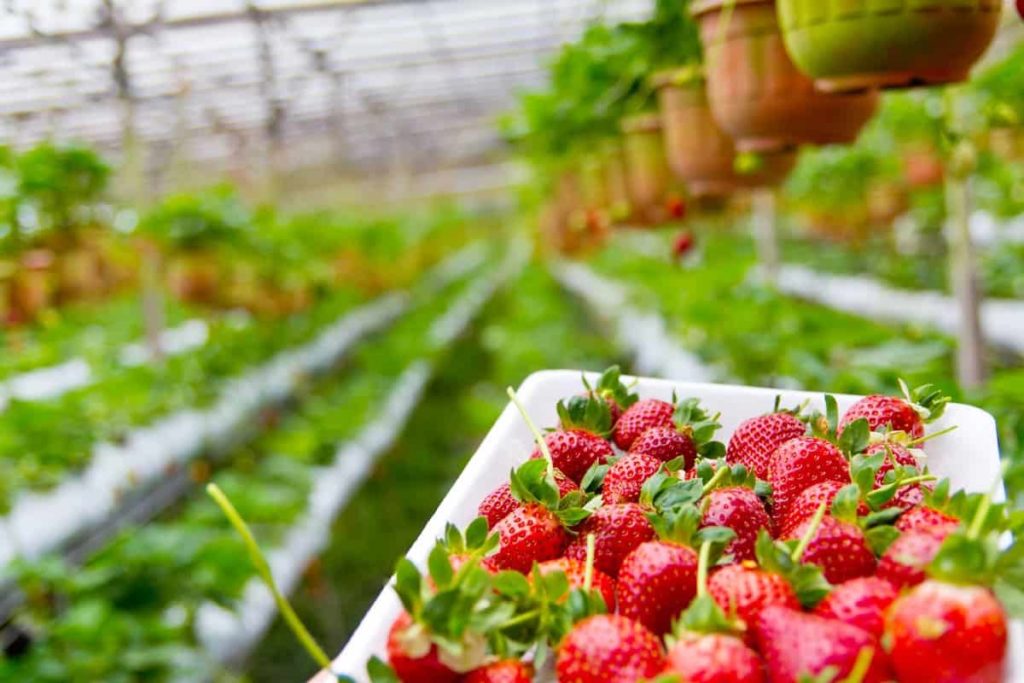
Sikkim Organic Mission
The Sikkim state government launched the Sikkim Organic Mission in 2010. The Sikkim Organic Mission was launched to accelerate our journey towards achieving the 100% organic tag. The mission helped by providing seeds and fertilizers and training farmers in non-organic practices. The transition to organic has benefited more than 66,000 farming families in the state while achieving rural development and sustainable livelihoods.
Besides being transformative for public health and the environment in the region, organic farming is also attracting many tourists to the state for its lush, green farms, pure and organic agricultural products, and food made from fresh produce. The Sikkim Organic Mission aims to shift the state’s food farming to commercial farming. Farmers of this state shifted from food crop cultivation to large cardamom cultivation for higher profits.
Sikkim developed the right crop incentives to take farmers by the hand in opting for organic farming. The government started looking closely at national and state government schemes. For each ecosystem and each crop, farmers face different problems. The push to go organic means working on schemes that suit their needs and meet the requirements. Organic farming is also better adapted to climate change, protects biodiversity, increases soil fertility, and, to top it all off, organic food is more nutritious and tastier.
But organic food produces enough food without pesticides and other tools to produce high-yield agriculture. Many studies worldwide show that organic farms cannot produce more food than conventional farms. It takes many seasons for farmers to learn new methods and see success, but as soils and biodiversity are restored, yields increase.
And in places where most of the world goes hungry, the yield gap for organic food disappears. Organic farming uses naturally occurring substances while prohibiting or severely limiting artificial substances. It enhances agroecosystems’ health, including biodiversity, biological cycles, and soil biological activity.
Objectives of the organic mission in Sikkim
- To promote Sikkim as an organic state.
- Discouraging synthetic fertilizers and pesticides and gradually replacing plant nutrients with organic fertilizers and manures, as well as biological methods.
- Outlining measures to control diseases and pests. Establish basic infrastructure and legal development to initiate genuine organic farming in Sikkim.
- Evolving relevant strategies and creating or developing markets for organic food production.
- Formulating Organic Farming Policy in Sikkim.
- A package of organic farming systems practices will be developed for five major crops with high organic market potential. These crops are Ginger, Turmeric, Chilli, Corn, and Mustard.
How is Sikkim benefiting from becoming an organic state?
Sikkim’s transition to an organic farming state is good for public health and the environment. It is also good for the economy. Tourism is also growing in the area and bringing in more money. Guests can stay in an organic village, where they can enjoy the natural beauty and eat fresh, organic food.
Sikkim Organic retail stores offering many crops like Pulses, Rice, Mandarin Oranges, Ginger, Cardamom, and Turmeric have been set up by the government in New Delhi. More organic stores are planned for other major cities. Due to increased demand for Sikkim’s organic produce, farmers now earn 20% more.
In case you missed it: Organic Raised Bed Gardening: How to Start from Scratch, A Step-By-Step Guide for Beginners
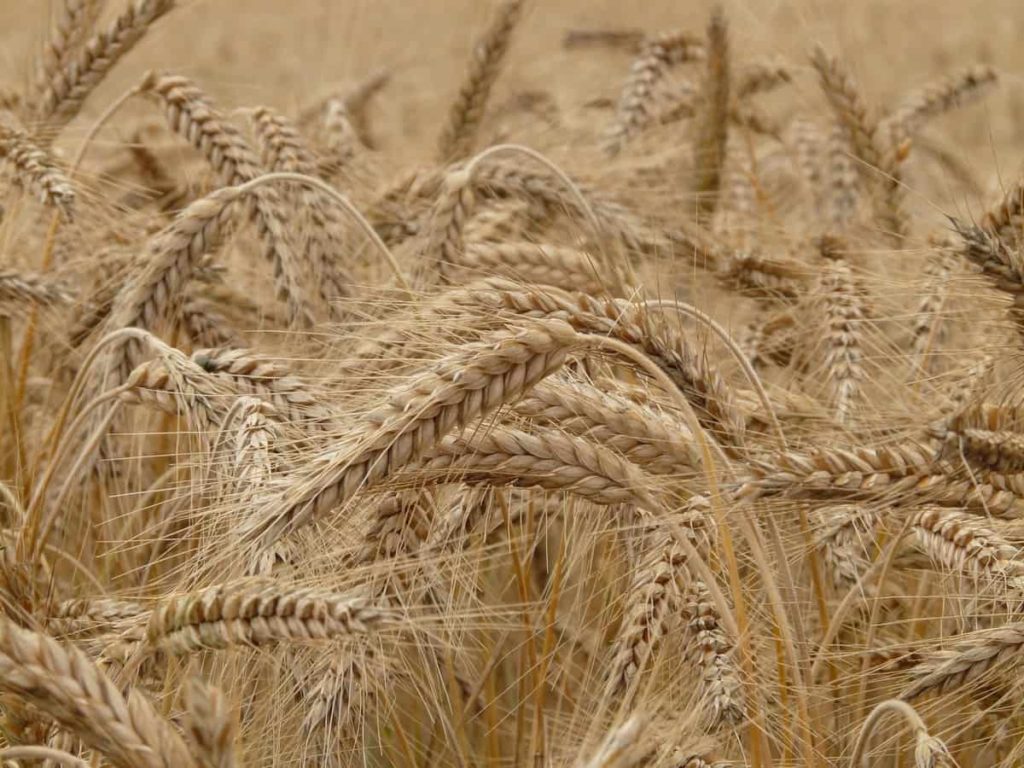
Why organic farming, and why is it needed?
Organic farming uses several methods to achieve good crop yields without harming the natural environment or the people who live and work in it. It relies on organic or natural fertilizers such as compost, green manure, and bone meal. It emphasizes techniques such as crop rotation, companion planting, biological pest control, and mixed cropping. And insect predators are raised in organic farming.
While all conventional farming is now considered organic, an organic movement began in the 1940s as a response to agriculture’s increasing reliance on synthetic fertilizers and pesticides. It is a farming system that uses environmentally friendly weed, pest, and disease control methods.
It can be defined as an agricultural practice that uses biological fertilizers and pest control derived from animal or plant waste. Organic farming was originally started as a response to environmental damage caused by chemical pesticides and artificial fertilizers. It is a new farming system that repairs, maintains, and improves ecological balance.
Crops suitable for organic farming in Sikkim
Major crops are Maize, Rice, and Buckwheat in Cereals, Black Gram and Rice Beans in Pulses, and Soybean and Mustard in Oilseeds. Important horticultural crops are oranges and pears among fruits, Ginger, Cardamom, Turmeric, and Cherry Peppers among spice crops, Cabbage Crops, Peas and Beans, Tomatoes, and Potatoes among vegetable crops. Apart from this, high-altitude production of potato and pea seeds and off-season vegetable cultivation is widely practiced.
The cultivation of flowers like Cymbidium, Rose, Gerbera, and Anthurium has been fetching farmers good income, and many farmers have adopted floriculture as a commercial venture. Important Organic Crops of Sikkim which are profitable for the farmer are Wheat, Paddy, Maize, Barley, Buckwheat, Cardamom, Potatoes, Tea, Oranges, Large Cardamom, Ginger, Turmeric, Baby Corn, Pulses, etc.
Sikkim Mandarin Orange: The most famous fruit of India is the mandarin orange. Sikkim mandarin orange is a fruit that is the most important commercial fruit of Sikkim. Sikkim mandarin orange is popular not only in Sikkim but all over India.
Cardamom: Sikkim is a major producer of cardamom, one of the most important cash crops in this part of the world. Sikkim is India’s largest producer of large cardamom, covering 70% of the Indian market.
Black Cardamom: Black Cardamom is 4-6 times the size of small cardamom and has an aromatic flavor when used in rice and other crops. Antioxidant-rich ice cream is just one example of the variety of products that contain it. It is one of the most important and frequently used ingredients in the preparation of pan masala.
Ginger: Ginger is a major commercial crop with aromatic rhizomes with culinary and medicinal uses. It is an ancient Asian crop and originated in Southeast Asia.
Baby Corn: Sikkim has recently established the foundation for growing baby corn. The purpose of the crop is to maximize the economic condition of the farmers. Maize production and productivity are examples of a state’s crop potential. Sikkim is the only place in the world where you can grow a lot of maize at a very low cost.
Turmeric: Besides being a common ingredient in many dishes, Turmeric has many health benefits. It looks orange-yellow and smells like food. Use it in the beauty treatment or cosmetics business to keep things clean and ensure they stay that way.
Challenges faced by organic farmers in Sikkim
Organic farming has recently gained popularity but has yet to take center stage in Indian agriculture. Many states have made significant progress in organic farming but must overcome policy and infrastructure challenges. The Sikkim state government has taken some initiatives to promote organic farming to increase farmers’ income. However, despite the progress in the field, it is surprising that organic farming has not yet managed to enter the agricultural mainstream.
In case you missed it: How to Start Exotic Fruit Farming in India: A Production and Growing Guide for Beginners
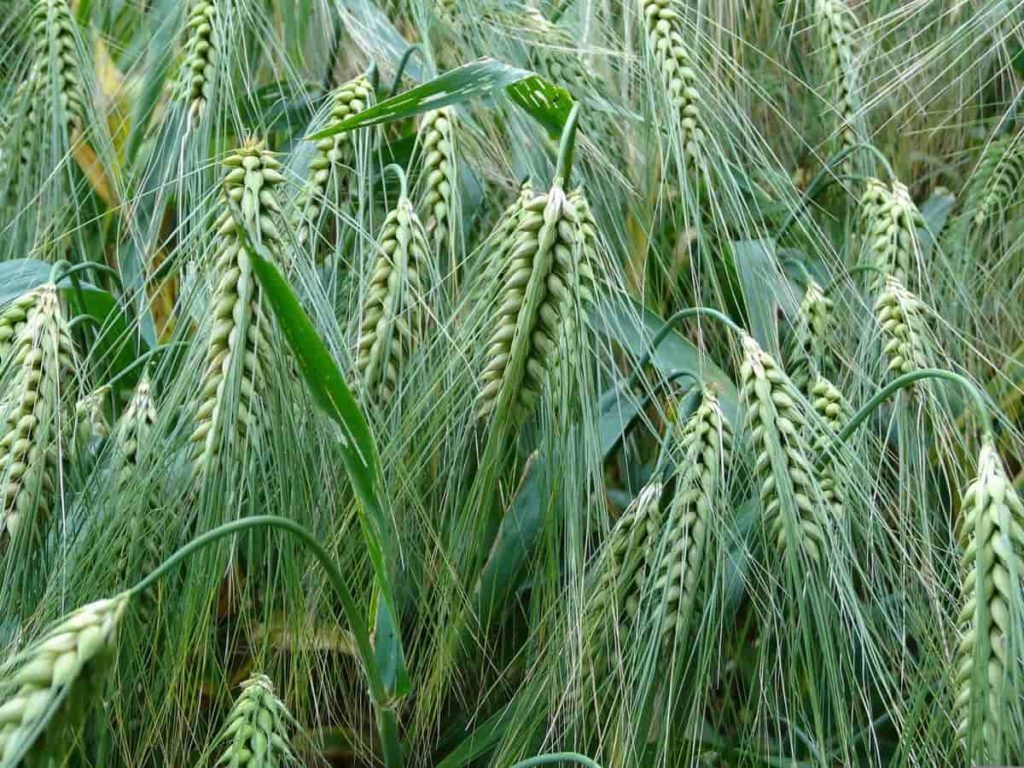
The important challenge is the excessive use of pesticides and chemicals for weed control. Overuse of chemicals has made insect and weed species immune to the chemicals. It is the first hurdle in the transition from conventional to organic farming. Farmers also complain of low productivity from conventional chemical farming to organic farming. As organic farming prohibits synthetic pesticides, farmers are at the mercy of severe attacks from mutant insects.
The situation is worsened not only by the discovery of new types of pests and diseases but also by conventional pest control methods that fail to prevent crop damage. It reduces overall production; hence, farmers have called for education and training to deal with pest attacks. Moreover, a severe lack of proper infrastructure is also difficult for organic farmers.
Most organic farming involves the production of fruits and vegetables, which are highly perishable. An underdeveloped supply chain affects small and medium farmers in hilly areas and tribal belts. Organic growing products must be stored separately from conventional products to avoid cross-contamination. After overcoming all these hurdles, when organic produce reaches the market, consumers find it expensive and therefore refrain from buying it.
Basic issues of sustainable organic farming in Sikkim
- 1. Organic certification must be made sustainable by adopting the PGS system for non-exportable products and continuing with third-party certification for exportable commodities.
- 2. Necessary infrastructure and organic materials should be provided for sustainable crop production and conservation.
- 3. Improvements in different methods of composting- needy organic farmers should be provided with permanent structures of urine pits with manure.
- 4. Promotion of vermicomposting technology – permanent structures should be constructed and given appropriate training to the beneficiaries.
Conclusion
Organic farming provides nutrients to crops and increases sustainable production in an eco-friendly and pollution-free environment. The aim is to produce crops with high nutritional value. Sikkim is the first state in the world to be 100% organic: all its farming is certified organic. The policy phased out chemical fertilizers and pesticides and achieved a complete ban on the state’s sale and use of chemical pesticides.
- Types of Pesticides Used in Agriculture: A Beginner’s Guide
- Economical Aquaculture: A Guide to Low-Budget Fish Farming
- 15 Common Planting Errors That Can Doom Your Fruit Trees
- How to Make Houseplants Bushy: Effective Tips and Ideas
- Innovative Strategies for Boosting Coconut Pollination and Yield
- Pollination Strategies for Maximum Pumpkin Yield
- The Complete Guide to Chicken Fattening: Strategies for Maximum Growth
- Natural Solutions for Tulip Problems: 100% Effective Remedies for Leaf and Bulb-Related Issues
- Revolutionizing Citrus Preservation: Towards a Healthier, Greener Future
- Natural Solutions for Peony Leaf and Flower Problems: 100% Effective Remedies
- Maximizing Profits with Avocado Contract Farming in India: A Comprehensive Guide
- Natural Solutions for Hydrangea Problems: 100% Effective Remedies for Leaf and Flowers
- The Ultimate Guide to Choosing the Perfect Foliage Friend: Bringing Life Indoors
- From Sunlight to Sustainability: 15 Ways to Use Solar Technology in Agriculture
- The Ultimate Guide to Dong Tao Chicken: Exploring from History to Raising
- The Eco-Friendly Makeover: How to Convert Your Unused Swimming Pool into a Fish Pond
- Mastering the Art of Delaware Chicken Farming: Essentials for Healthy Backyard Flocks
- 20 Best Homemade Fertilizers for Money Plant: DIY Recipes and Application Methods
- How to Craft a Comprehensive Free-Range Chicken Farming Business Plan
- Brighten Your Flock: Raising Easter Egger Chickens for Beauty and Bounty
- How to Optimize Your Poultry Egg Farm Business Plan with These Strategies
- Subsidy for Spirulina Cultivation: How Indian Government Schemes Encouraging Spirulina Farmers
- Ultimate Guide to Raising Dominique Chickens: Breeding, Feeding, Egg-Production, and Care
- Mastering the Art of Raising Jersey Giant Chickens: Care, Feeding, and More
- Ultimate Guide to Raising Legbar Chickens: Breeding, Farming Practices, Diet, Egg-Production
- How to Raise Welsummer Chickens: A Comprehensive Guide for Beginners
- How to Protect Indoor Plants in Winter: A Comprehensive Guide
- Ultimate Guide to Grow Bag Gardening: Tips, Tricks, and Planting Ideas for Urban Gardeners
- Guide to Lotus Cultivation: How to Propagate, Plant, Grow, Care, Cost, and Profit
- Agriculture Drone Subsidy Scheme: Government Kisan Subsidy, License, and How to Apply Online
- Ultimate Guide to Raising Araucana Chickens: Breed Profile, Farming Economics, Diet, and Care
- Bringing Hydroponics to Classroom: Importance, Benefits of Learning for School Students
- Ultimate Guide to Raising Polish Chickens: Breed Profile, Farming Economics, Diet, and Care
- Ultimate Guide to Raising Australorp Chickens: Profile, Farming Economics, Egg Production, Diet, and Care
- Silkie Chicken Farming: Raising Practices, Varieties, Egg Production, Diet, and Care
- Sussex Chicken Farming: Raising Practices, Varieties, Egg Production, Diet and Care
Organic farming is a niche area in agriculture. It can not be adopted by all the states, as it will compromise food security. Sikkim imports foods from the neighbouring states. If proper branding and marketing is organised, organic farming could be focused in some areas as a viable economic and environmental activity.